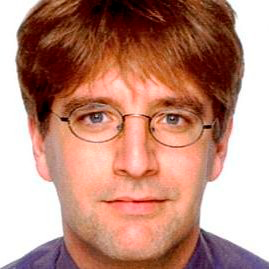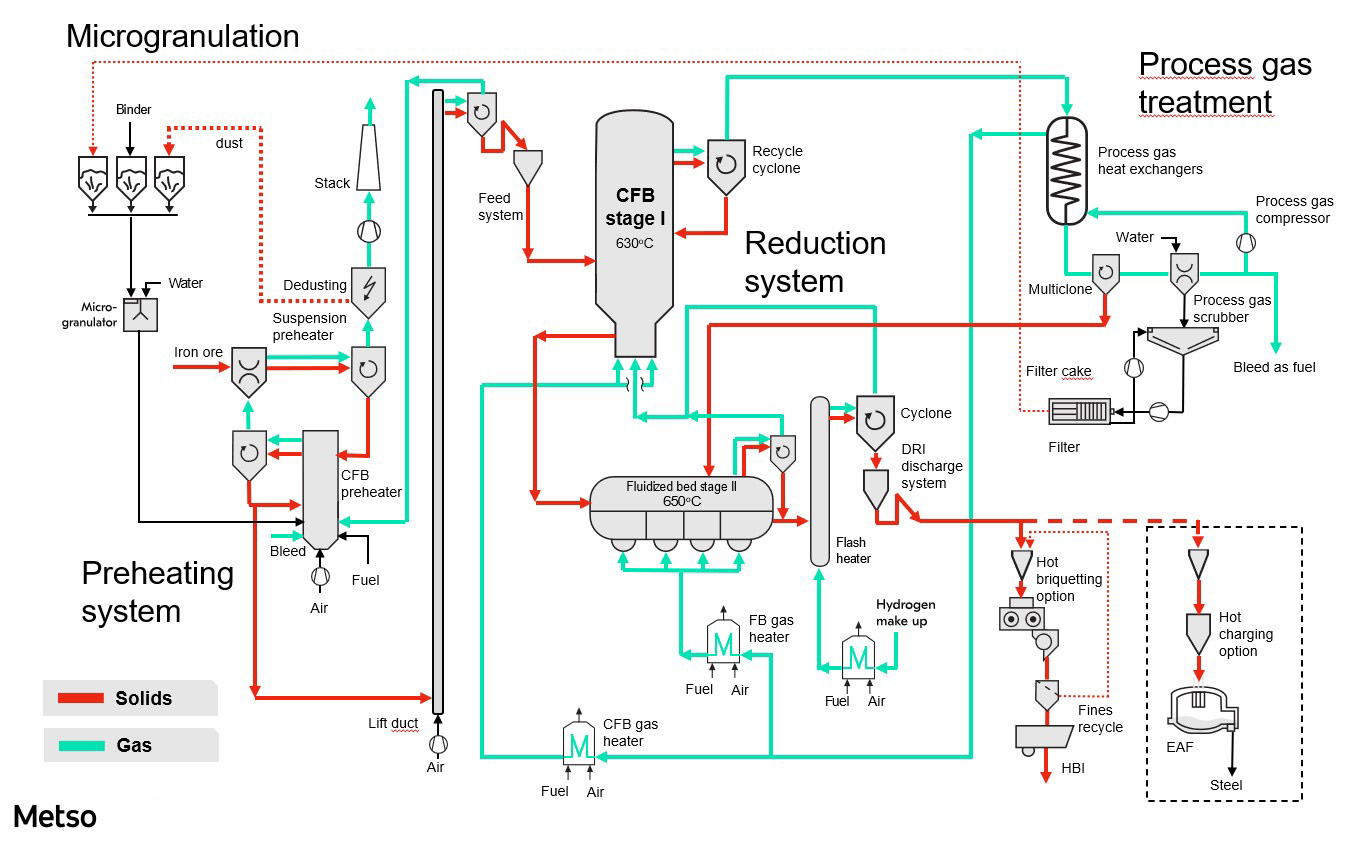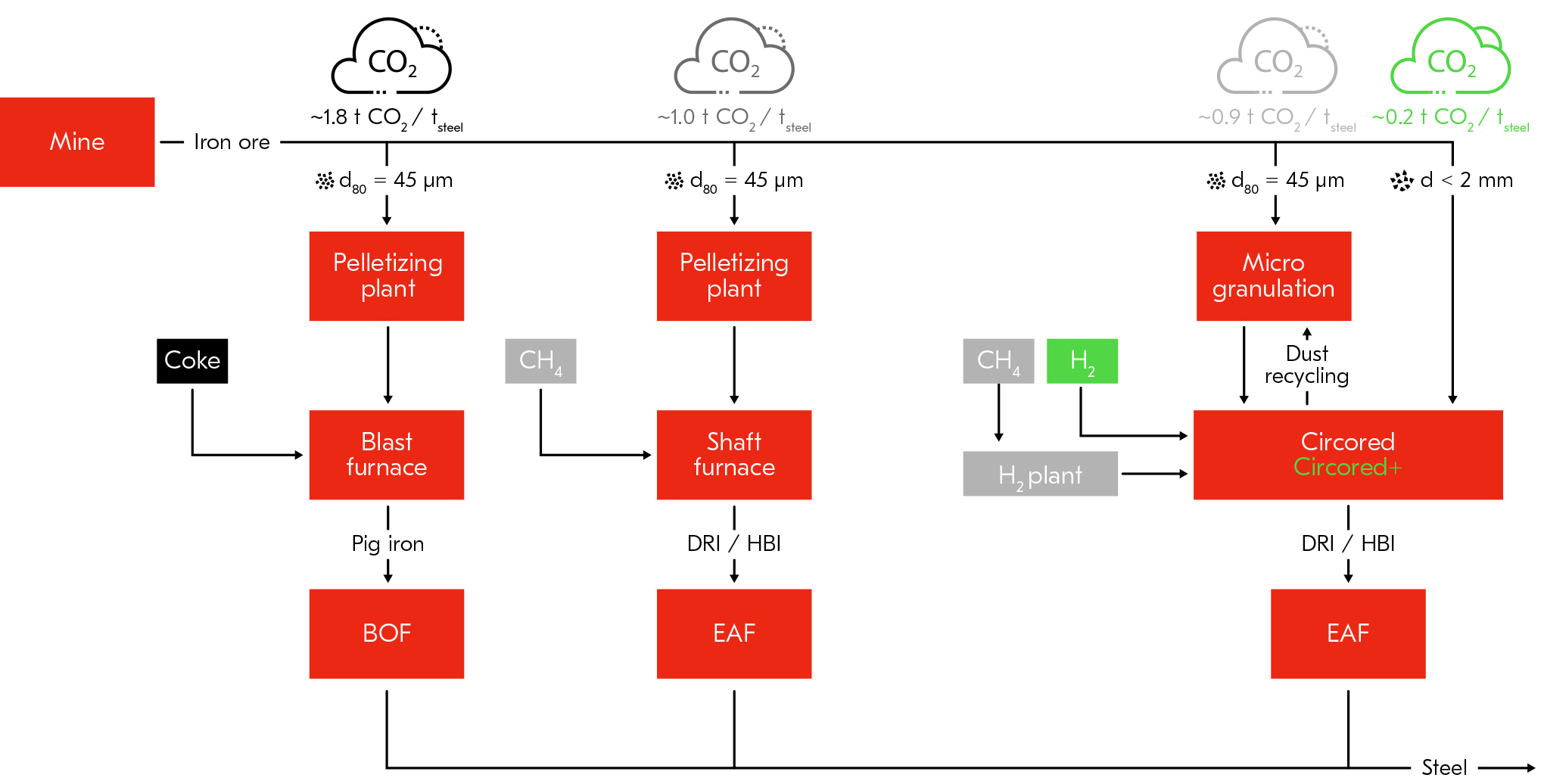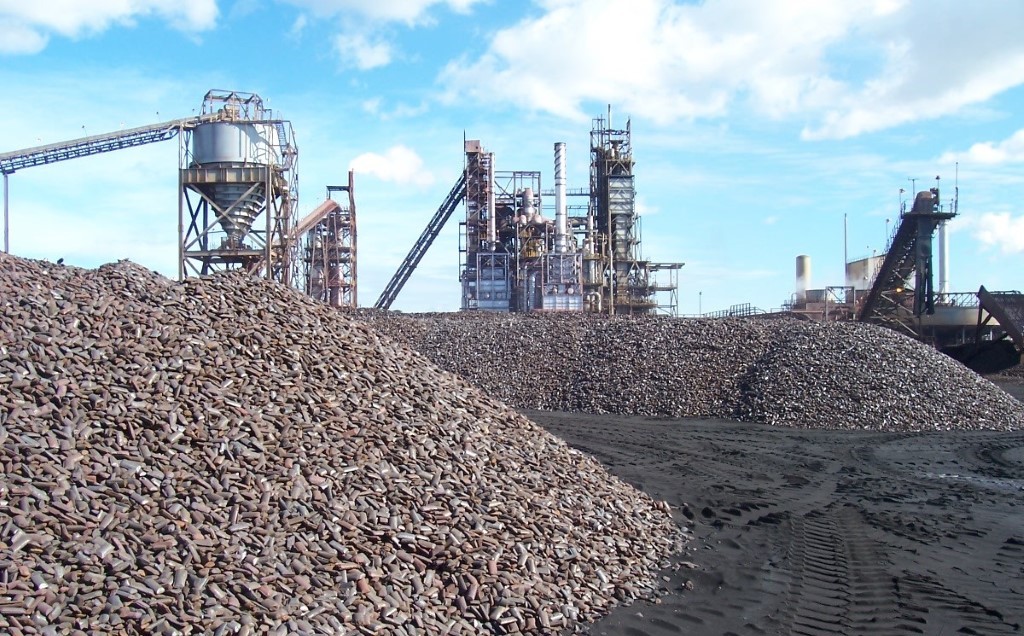The possible role of Circored in the industry’s transition toward green steel
In 2019, the United Nations announced that over 60 countries had committed to carbon neutrality by 2050. This tremendously accelerated the dynamics for the development of green, carbon-neutral steelmaking technologies. One way to replace the carbon-intensive blast furnace/basic oxygen furnace (BF/BOF) steelmaking route is to use hydrogen-based direct reduction and an electric arc furnace (EAF).
About 70% of the world’s steel is produced via the BF/BOF route, an efficient but highly carbon-intensive production method. With limited investment cycles left until 2050, the steelmaking industry must decide which alternative technology for the reduction of iron ore to invest in within the next five to ten years.
One widely discussed alternative to traditional BF/BOF steelmaking is the hydrogen-based direct reduction of iron ore and EAF. Most of the current pilot projects focus on applying shaft furnaces for direct reduction with hydrogen. However, applying this method would generate the need for several hundred million tons of additional high-quality DR-grade pellets annually, with the associated impacts on pellet availability and prices.
An alternative is hydrogen-based direct reduction using fine ore instead of pellets. Metso Outotec’s Circored technology is the only process for iron ore reduction based on 100% hydrogen that has proven its functionality and performance in an industrial-scale demonstration plant.
Circored technology is flexible in its production setup. Besides merchant cold HBI (hot briquetted iron), which can easily be shipped, hot and cold DRI (direct reduced iron) can be produced and directly linked to EAFs and BOFs as a substitute for hot metal and/or other virgin iron units. This guarantees the production of the high-quality steel products that have been traditionally the strength of integrated steel plants.
In this paper, the principle of the Circored process and the results of the demonstration plant operation are described, along with the possible role of the Circored fine ore direct reduction process in the industry’s transition toward green steel.
Metso Outotec’s proven track record in the development of new processes
In the last 150 years Metso Outotec and it’s predecessors have proven the capability to develop new game-changing technologies to comply with the challenges of the mining and metals industries and the society.
In the direct reduction of iron ore Metso Outotec has been involved since this technology was first introduced, as one of the inventors of the SL/RN-process based on the rotary kiln and as a successful licensee of the Midrex shaft furnace process (the Lurgi legacy of the company).
Circored is based on the fluidized bed technology, for which Metso Outotec has been over decades a leaders in the development of this technology, which has been applied over decades in hundreds of plants for different applications, including alumina calcination, roasting of sulfidic ores, sewage sludge combustion, and other special processes.
The main advantages of fluidized bed processes are excellent heat and mass transfer conditions, precise temperature control, short solids retention times leading to higher plant capacities, and lower investment and operating costs. It has been shown that this technology can also be applied for the direct reduction of iron ore to eliminate the cost and energy-intensive agglomeration step of iron ore fines in the form of sintering or pelletizing.






